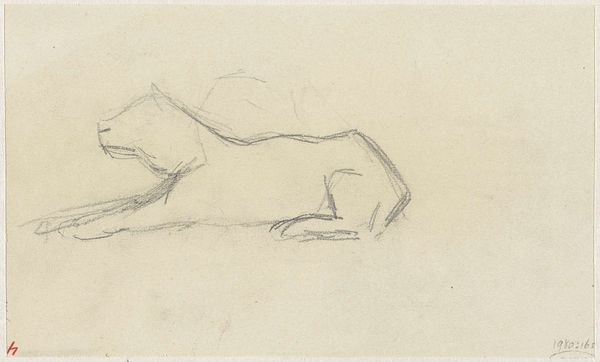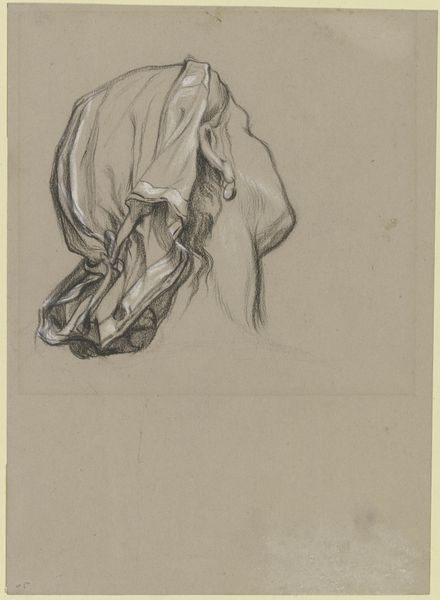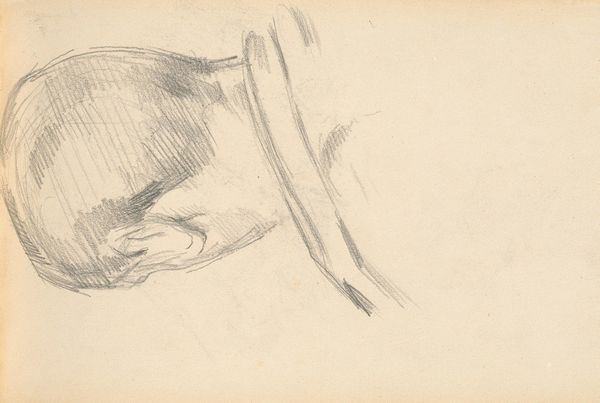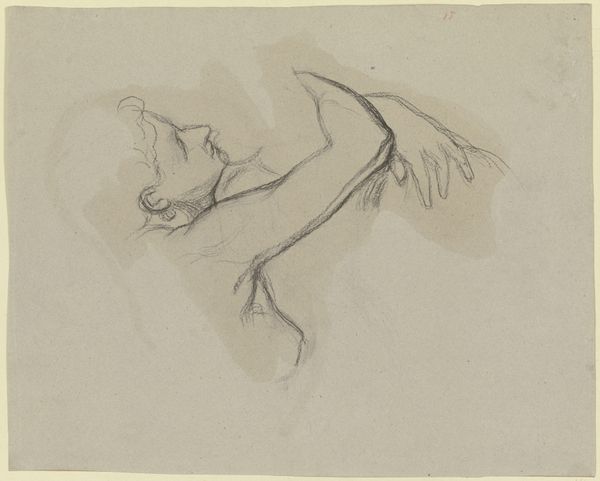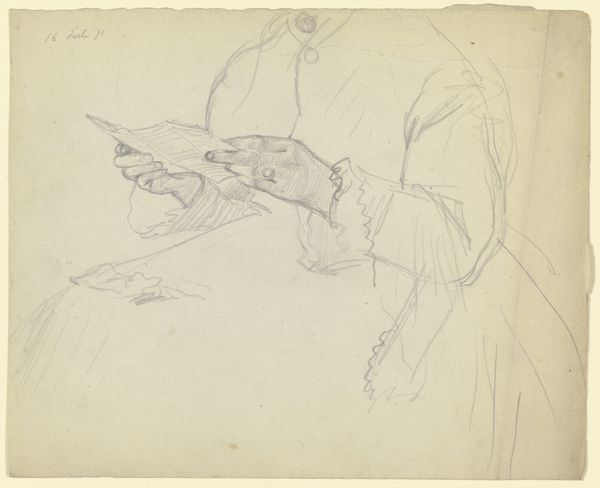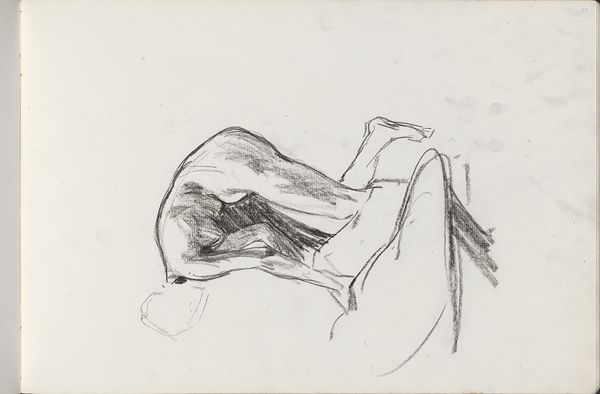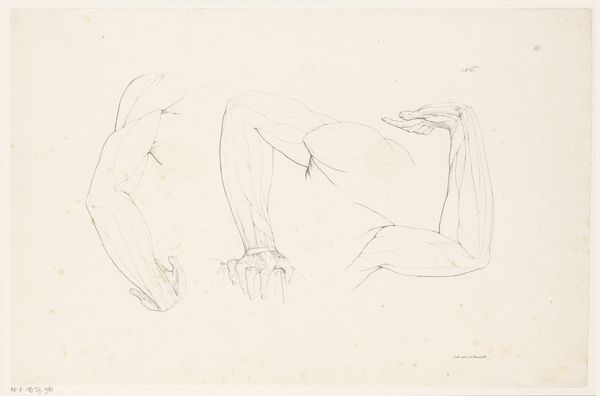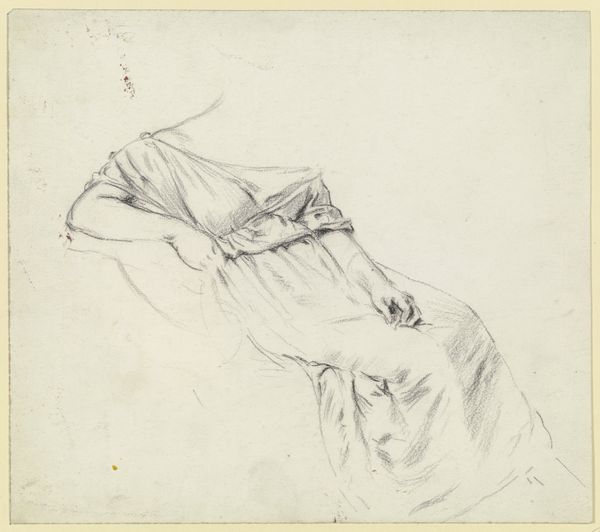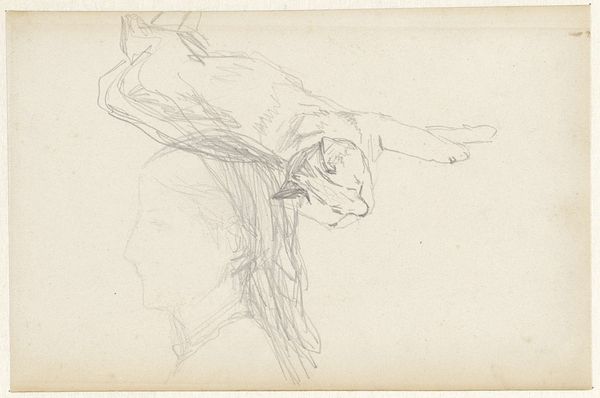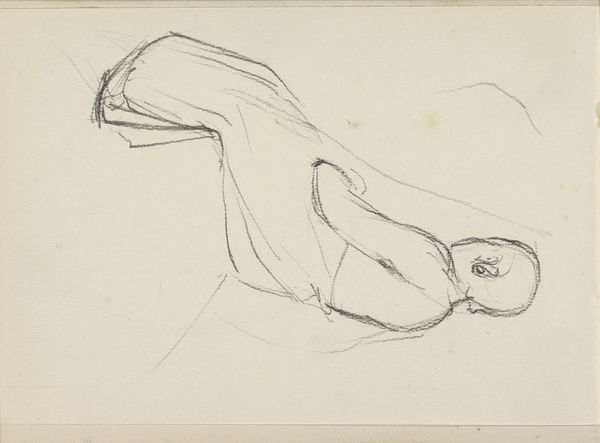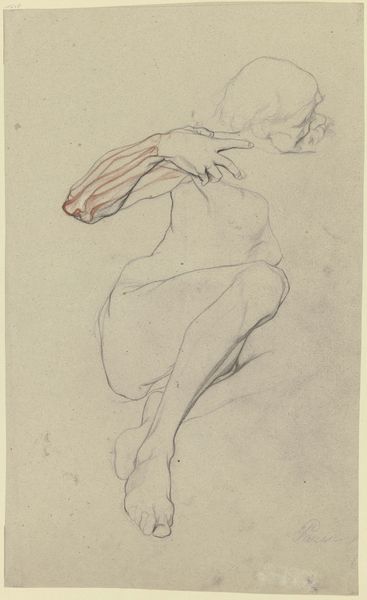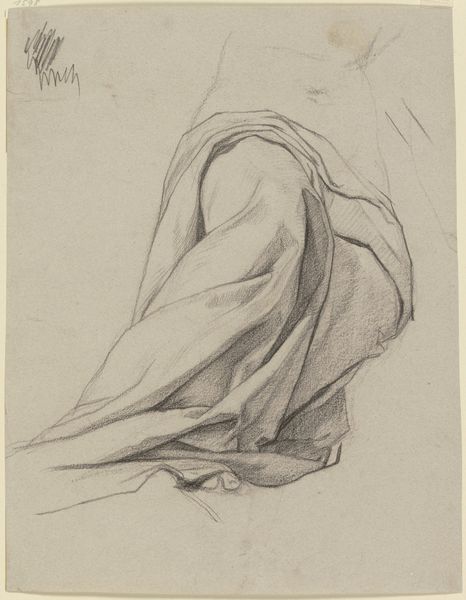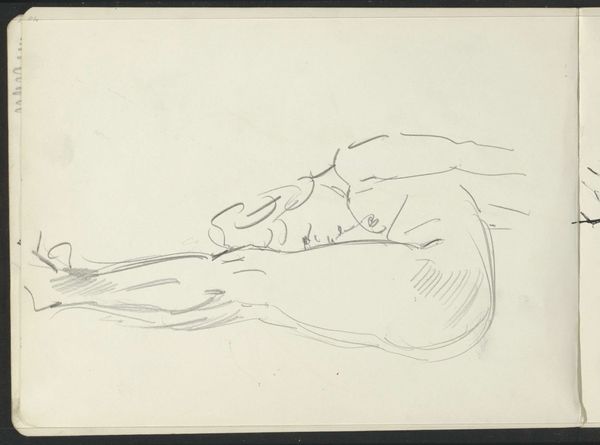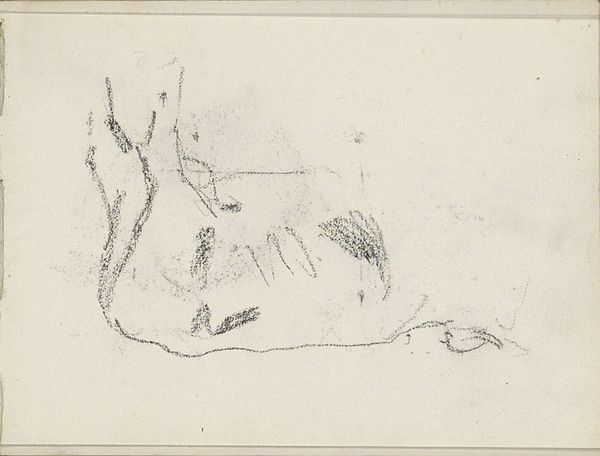
drawing, pencil
#
portrait
#
drawing
#
amateur sketch
#
toned paper
#
light pencil work
#
16_19th-century
#
pencil sketch
#
personal sketchbook
#
german
#
ink drawing experimentation
#
pen-ink sketch
#
pencil
#
sketchbook drawing
#
pencil work
#
academic-art
#
sketchbook art
#
realism
Copyright: Public Domain
Curator: At first glance, there's an appealing sense of unfinished elegance to this drawing. It's just the arms and draped fabric, really, a pencil sketch so light it feels like it might float away. Editor: You're right, there's a lightness to it. This piece is "Bildnis Luise Scholderer, Detail der Armhaltung" - or "Portrait of Luise Scholderer, Detail of Arm Position" - a drawing by Otto Scholderer, dating from around 1879. It's currently housed here at the Städel Museum. What you’re seeing is part of the artist's exploration in academic realism, a glimpse inside his personal sketchbook. Curator: It does have the feel of a private, intimate moment, like stumbling upon an artist’s secret practice. You can almost feel the scratch of the pencil, the artist deciding which lines to commit to and which to leave as suggestions. Editor: Exactly. Sketchbooks offered a space free from the pressures of public reception and patronage. Scholderer would have used the freedom here to study form, anatomy, and drapery. Artists often focused on a particular element like the hands, visible here, to master specific aspects of their craft. Curator: It’s fascinating how much emotion can be conveyed simply through the gesture of the hands. There’s a delicate tension there, almost melancholic. The fingers are interlocked, perhaps hinting at a quiet introspection, maybe even boredom, in the sitter. Editor: Or simply that posing is tiring. From a socio-historical viewpoint, portraits always served multiple functions: marking status, preserving memory, and performing ideal selves. We tend to assume these formal portraits reflect accurate records, but often, they masked social and personal complexities. Sketches like these show the background work that went into presenting a figure. Curator: It's a refreshing perspective to consider, because normally one is presented the perfect image. It feels like we're peering behind the curtain, witnessing the subtle and beautiful labor of art-making. It helps me find my own, small part in that labour of art and image creation. Editor: It adds nuance. It reminds me that images always serve an ideological role, often more subtle and powerful than what's visible on the surface.
Comments
No comments
Be the first to comment and join the conversation on the ultimate creative platform.
